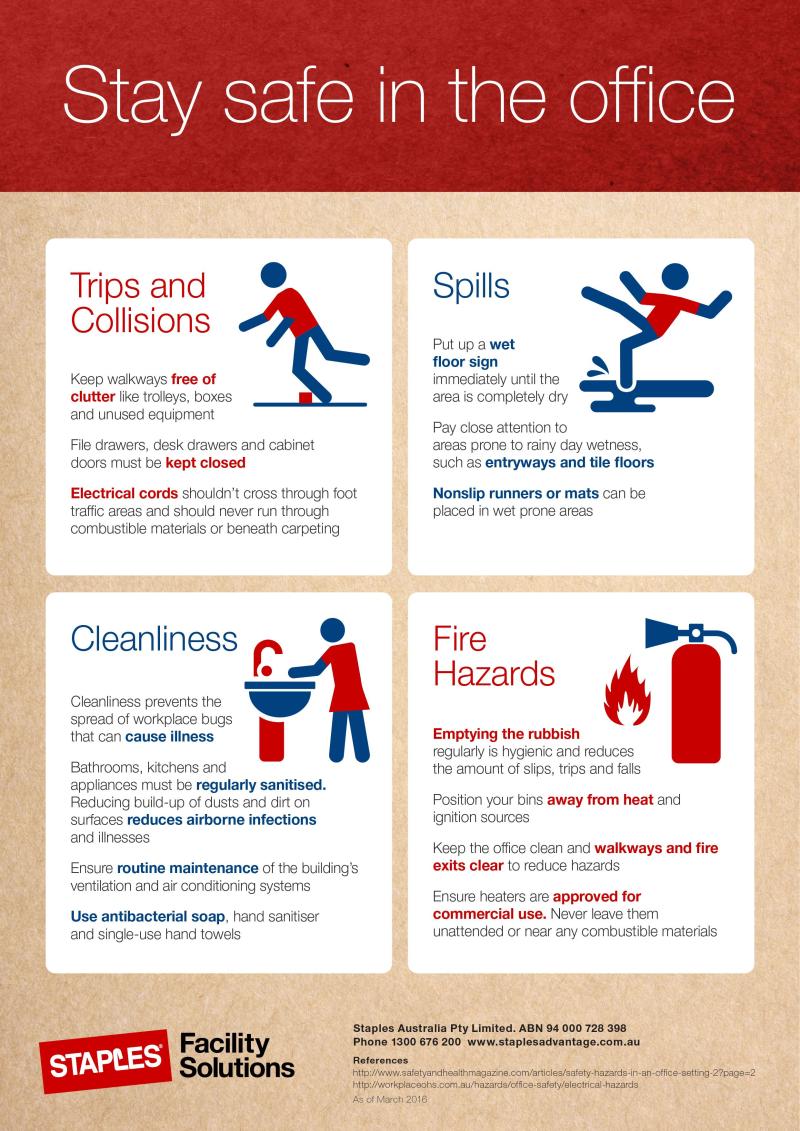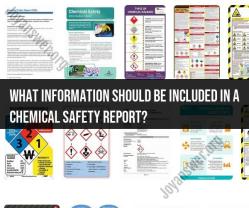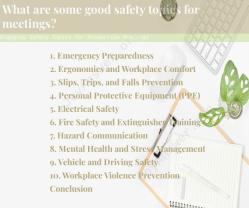Why your employees need workplace safety training?
Workplace safety training for employees is crucial for several reasons, as it plays a key role in fostering a safe and healthy work environment. Here are some important reasons why employees need workplace safety training:
Prevention of Accidents and Injuries:
- Safety training helps employees understand potential hazards in the workplace and teaches them how to avoid accidents and injuries. By promoting safe practices, employees can reduce the risk of incidents that may result in harm.
Compliance with Regulations:
- Many industries are subject to regulations and standards related to workplace safety. Training ensures that employees are aware of and comply with these regulations, helping organizations avoid legal issues and penalties.
Reduction of Work-Related Illnesses:
- Workplace safety training addresses not only physical hazards but also health-related risks. Employees learn about the importance of hygiene, the proper use of protective equipment, and ways to prevent work-related illnesses.
Improved Emergency Response:
- Training provides employees with the knowledge and skills to respond effectively to emergencies such as fires, chemical spills, or medical incidents. This preparedness can minimize the impact of emergencies and potentially save lives.
Enhanced Productivity:
- A safe work environment contributes to higher productivity. When employees feel secure and understand how to perform their tasks safely, there is a decrease in disruptions caused by accidents or injuries, leading to improved overall productivity.
Promotion of a Safety Culture:
- Safety training contributes to the development of a safety culture within the organization. When employees prioritize safety and look out for one another, it creates a positive work environment where everyone is committed to maintaining a safe workplace.
Reduction in Workers' Compensation Costs:
- Accidents and injuries can result in workers' compensation claims, leading to increased costs for the organization. Safety training helps minimize the occurrence of incidents, subsequently reducing workers' compensation costs.
Boosted Employee Morale and Satisfaction:
- Employees who feel that their safety is a priority for the organization tend to have higher morale and job satisfaction. Knowing that their employer invests in their well-being contributes to a positive work culture.
Limitation of Property Damage:
- In addition to protecting employees, safety training also emphasizes the protection of company property. By reducing the likelihood of accidents, organizations can minimize property damage, saving on repair and replacement costs.
Adaptation to Changes in the Workplace:
- Safety training ensures that employees are informed and prepared for changes in the workplace, whether it be new equipment, processes, or technologies. This adaptability is crucial for maintaining a safe working environment.
In summary, workplace safety training is essential for promoting a culture of safety, preventing accidents and injuries, complying with regulations, and fostering a positive and productive work environment. Organizations that prioritize safety training invest in the well-being of their employees and contribute to the long-term success of their business.
Workplace Safety Training: A Shield for Wellbeing and Productivity
Investing in workplace safety training transcends mere compliance—it's a strategic investment in your employees' well-being, productivity, and ultimately, your business success. Here's why:
1. Essential for Employee Safety:
- Prevents accidents and injuries: Training equips employees with knowledge and skills to identify and avoid hazards, minimizing risks of accidents and injuries, safeguarding their physical and mental health.
- Promotes safe work practices: Training instills safe work habits, encouraging employees to adopt safe procedures and adhere to safety regulations, creating a culture of safety within the organization.
- Empowers employees: Equipped with safety knowledge, employees feel empowered to report hazards, participate in safety initiatives, and contribute to a safer work environment for everyone.
2. Key Benefits and Outcomes:
- Reduced costs: Lowered accident rates translate to reduced workers' compensation claims, healthcare costs, and lost productivity due to injuries.
- Improved morale and engagement: A safe work environment fosters trust and confidence, leading to higher employee morale, engagement, and job satisfaction.
- Enhanced brand reputation: A commitment to safety strengthens your company's reputation, attracting and retaining top talent and building trust with clients and stakeholders.
- Boosted productivity: Reduced downtime due to accidents and improved employee focus in a safe environment lead to increased productivity and efficiency.
3. Well-being and Productivity Synergy:
Workplace safety training goes beyond physical safety, promoting overall well-being and impacting work performance:
- Reduced stress and anxiety: A safe environment minimizes workplace stress and anxiety, creating a more positive and supportive work atmosphere.
- Improved mental health: Employees feel protected and valued, leading to better mental health and overall well-being, translating to higher focus and motivation.
- Enhanced teamwork and collaboration: Shared commitment to safety fosters teamwork and collaboration among employees, strengthening interpersonal relationships and improving communication.
4. Legal and Compliance Reasons:
Beyond the moral imperative, employers have legal obligations to ensure workplace safety:
- Compliance with regulations: Training helps comply with industry-specific safety regulations and avoid costly legal consequences of non-compliance.
- Reduced liability: Employers can demonstrate due diligence in taking measures to prevent accidents, potentially reducing liability in case of incidents.
- Insurance benefits: Some insurance companies offer discounts on premiums for companies with strong safety training programs.
5. Prioritized Industries and Benefits:
Certain industries with high inherent risks prioritize safety training and reap significant benefits:
- Construction: Training mitigates risks associated with working with heavy machinery, falling hazards, and exposure to hazardous materials.
- Manufacturing: Proper handling of equipment, chemical safety, and machine operation training prevent industrial accidents and injuries.
- Healthcare: Patient safety is paramount, requiring comprehensive training on infection control, medical equipment handling, and emergency procedures.
- Transportation: Training drivers and workers on safety regulations, hazard awareness, and safe work practices minimizes accidents and ensures public safety.
Investing in workplace safety training is not just a cost, but a long-term investment in the well-being, productivity, and success of your workforce and your business. By prioritizing safety and equipping your employees with the knowledge and skills to work safely, you create a win-win situation for everyone involved.










